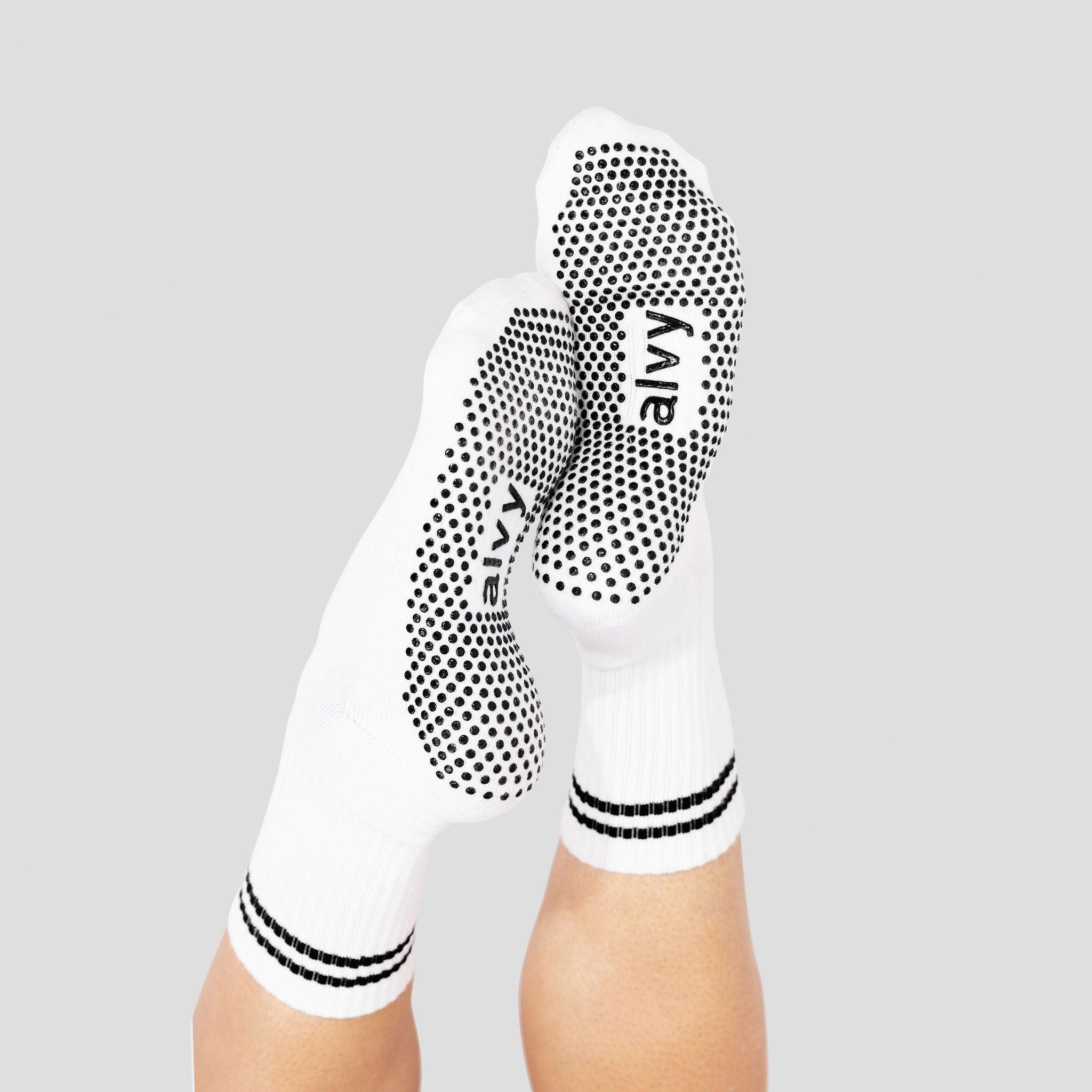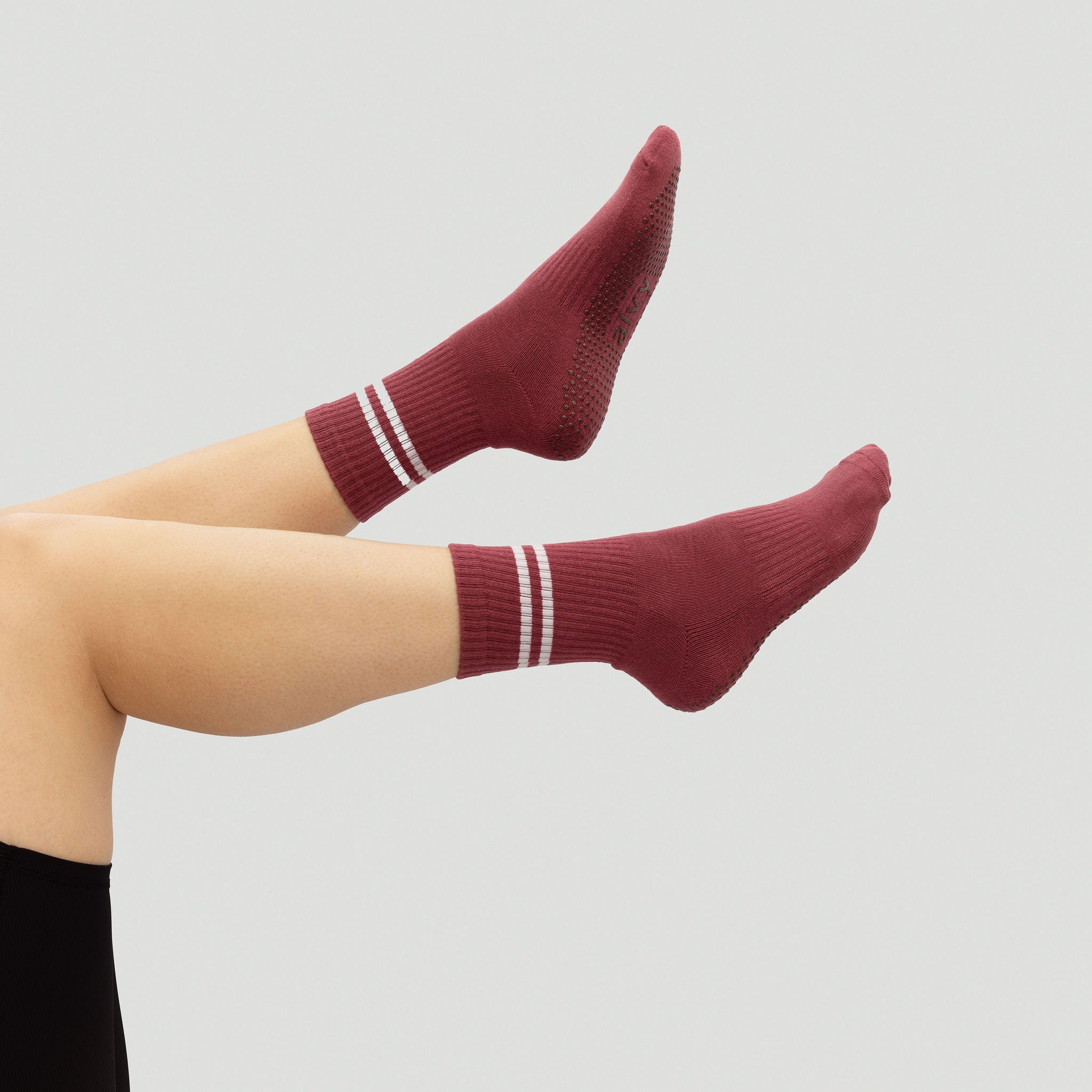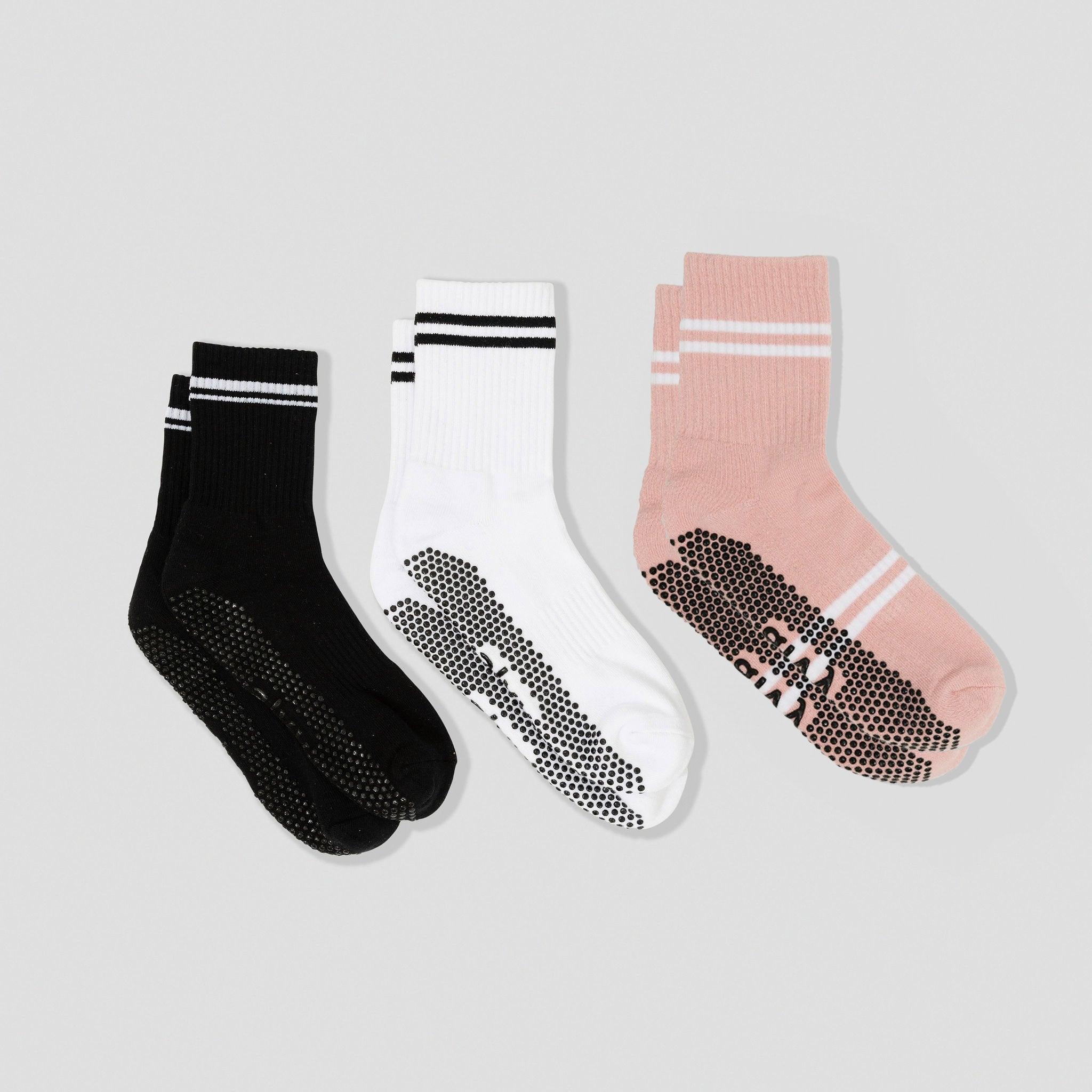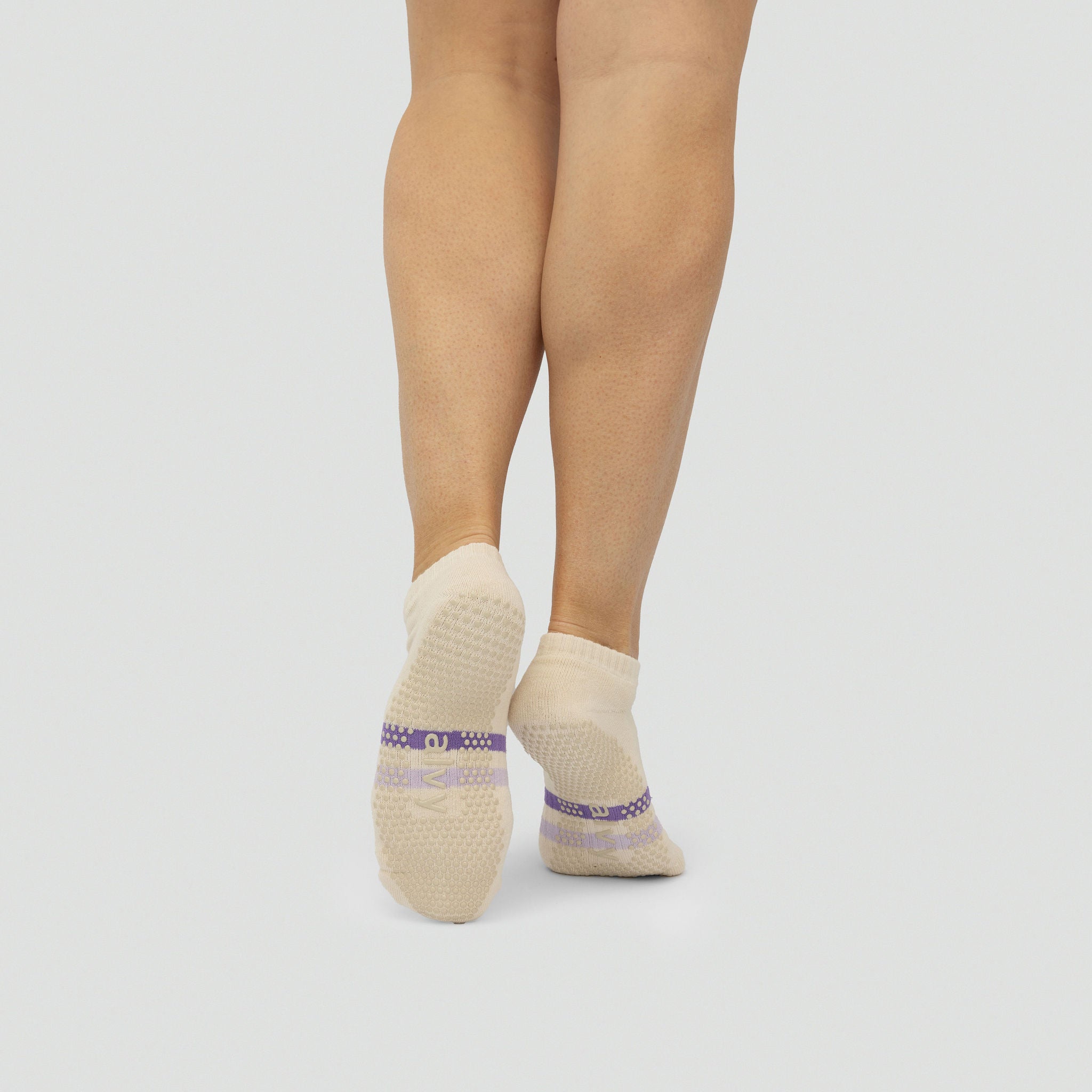Ever wonder why Pilates is called what it is? Where did the bed and spring setup come from?
Pilates has a long and interesting history, and many unique facts will surprise you…
1. It Was First Called “Contrology"
Joseph Pilates initially termed the exercise method Pilates " Contrology."
He coined this name to express his belief that through Contrology, individuals could achieve complete control over their bodies and enhance their physical and mental well-being. The name "Contrology" reflected his emphasis on precise movements and controlled breathing, which are fundamental aspects of Pilates today.
As the method gained wider acceptance, the name transitioned from "Contrology" to "Pilates," chosen by practitioners seeking a more straightforward name.
2. Pilates Was Developed in a World War I Internment Camp
Pilates's origins can be attributed to Joseph Pilates, a German national interned in a British camp during World War I.
To maintain the health of his fellow inmates, he began creating exercises using bed springs and other available materials. This resourcefulness ultimately led to the development of Pilates apparatus like the Reformer and the Cadillac.
Initially focused on rehabilitation, this emphasis remains a crucial aspect of the Pilates method.
3. Pilates Can Improve Mental Health
Pilates is beneficial for physical health and offers significant advantages for mental well-being. Focusing on breathing, concentration, and control can help reduce stress and anxiety, making it a valuable tool for improving mental health.
Research indicates that regular Pilates practice can reduce cortisol, the stress hormone, and enhance overall mood and mental clarity.
4. It’s Not Just for Women
Interestingly, despite Pilates' current popularity among women, it was originally created by a man, Joseph Pilates, for men. Joseph Pilates, a boxer, gymnast, and self-defence instructor, designed his method to enhance strength, flexibility, and overall fitness.
Athletes from various disciplines, such as football, basketball, and martial arts, have incorporated Pilates into their training routines to improve performance and reduce the risk of injuries.
If you’re a guy who wants to benefit from Pilates but you don’t know where to start, check out our complete guide for men.

5. Pilates Can Be Done Anywhere
Pilates is known for its versatility, making it suitable for practising at home, in a studio, or while travelling. The exercises can be easily customised with minimal equipment such as body weight, resistance bands, or portable props like a Pilates ring. This adaptability allows individuals to maintain a consistent Pilates practice regardless of location.
Related: How To Create The Perfect Home Pilates Studio
6. Pilates Is Suitable for All Ages
Pilates is a low-impact exercise that can be adapted to suit people of all ages and fitness levels. It offers a safe and effective way for children and seniors to build strength, flexibility, and balance.
For older adults, Pilates can improve posture, reduce the risk of falls, and help maintain mobility as they age.
7. Pilates Was Inspired by Ancient Practices
Joseph Pilates was inspired by various ancient practices, such as yoga, martial arts, and Greek and Roman exercises.
By merging the meditative elements of yoga with the strength-building techniques of martial arts, he developed a comprehensive exercise system. This fusion of ancient wisdom with contemporary scientific principles is one of the factors contributing to Pilates's ongoing effectiveness and significance today.
Related: The Principles of Pilates and How To Apply Them.
8. It Strengthens Your Core Like No Other Exercise
Pilates is often described as an effective core workout because it specifically targets the deep muscles of the abdomen, lower back, and pelvis.
Unlike typical ab exercises that primarily engage superficial muscles, Pilates aims to strengthen the core from within, resulting in improved posture, decreased back discomfort, and a more toned stomach.
Its focus on core strength makes Pilates an excellent choice for individuals recuperating from injuries or aiming to prevent them proactively.
Related: These are the best Pilates exercises to do.
9. Pilates Can Improve Your Posture
Many individuals experience improved posture as one of the immediate benefits of practising Pilates. The exercises in Pilates are specifically created to strengthen the muscles that support the spine, resulting in better alignment and a more natural posture.
Good posture enhances appearance and reduces the likelihood of back pain, neck strain, and other musculoskeletal issues.
10. You Don’t Need a Pilates Reformer to Get Started
Even though the Pilates Reformer is a widely used piece of equipment, it's important to note that you can begin practising Pilates without it. Numerous exercises can be performed on a mat using your body weight or basic props such as a resistance band or a small ball.
Mat Pilates is an excellent starting point for establishing a strong foundation before progressing to exercises that utilise equipment.
11. Pilates Was Used in Dance Rehabilitation
Pilates became popular in the dance community because it proved an effective rehabilitation method. Dancers discovered that Pilates helped them recover from injuries and prevented new ones by strengthening the muscles around their joints.
The method's emphasis on flexibility, strength, and control perfectly met the needs of dancers, leading to its widespread adoption in dance training programs across the globe.
12. Pilates Can Enhance Athletic Performance
Athletes across different sports are increasingly turning to Pilates to improve their performance. Pilates' emphasis on core strength, flexibility, and stability allows athletes to move more efficiently, minimise the risk of injury, and speed up recovery.
Whether you participate in running, swimming, or tennis, integrating Pilates into your training regimen can enhance your overall physical fitness and assist you in achieving peak performance.
Be surprised even more: Male Celebrities That Do Pilates.
13. Pilates Promotes Mind-Body Connection
Pilates stands out for its focus on the mind-body connection. Every Pilates movement is executed with conscious intention and awareness, allowing practitioners to understand their bodies better.
This mindfulness enhances the impact of the exercises and extends into everyday life, fostering a more well-rounded and centred approach to physical activity.
14. Pilates Can Be Customised to Your Needs
Pilates is highly adaptable and can be tailored to meet your specific requirements. Pilates can be adjusted to suit your objectives, whether you want to enhance your strength, increase flexibility, recuperate from an injury, or manage a long-term condition.
Instructors can alter exercises to accommodate physical constraints or difficulties, ensuring that people of all abilities can derive value from the practice. In fact, your instructor will always (or at least should) provide alternative exercise forms to make it easier or more challenging during a workout.
15. Pilates Can Help with Injury Prevention
Pilates is an effective method for injury prevention with a pair of decent grippy Pilates socks such as ALVY. It emphasises strengthening the core and stabilising the body. By enhancing muscle balance, flexibility, and coordination, Pilates safeguards the body against strains and stresses that may result in injury.
This makes it especially advantageous for athletes and individuals leading an active lifestyle, enabling them to maintain good health and optimal performance.
16. Pilates Has a Strong Focus on Breathing
In Pilates, breathing plays a crucial role as it is integrated with specific techniques to optimise the impact of the exercises. As one of Joseph Pilate's most well-known quotes, "Breathing is the first act of life and the last. Our very life depends on it.". Simply put, proper breathing is vital for oxygenating the blood and expelling toxins from the body.
By synchronizing breath with movement, Pilates aims to strengthen the link between the mind and body, enhancing the practice's overall advantages.
17. Pilates Was Popularized in the U.S. by Dancers
The origin of Pilates can be traced back to Europe. Still, it found immense popularity in the United States, largely due to influential dance industry figures such as George Balanchine and Martha Graham.
These individuals acknowledged Pilates's positive impact on strength, flexibility, and injury prevention and consequently integrated it into their training routines. This association with the dance community played a crucial role in positioning Pilates as a reputable and highly desired form of exercise.
18. Pilates Can Improve Your Flexibility
Pilates is renowned for its capacity to enhance flexibility by prioritising muscle lengthening and stretching. The deliberate, smooth movements in Pilates aid in expanding the range of motion in the joints, resulting in improved flexibility and decreased stiffness. Consistent Pilates practice can facilitate more effortless and uninhibited movement during workouts and daily activities.
19. Pilates Is a Low-Impact Exercise
Pilates is a great exercise choice for individuals of varying ages and fitness levels due to its low-impact nature. It's gentle on the joints and less likely to cause injury, making it a safe option for those with physical limitations or chronic pain.
Despite being low-impact, Pilates is still highly effective for building strength, increasing flexibility, and boosting overall fitness.
20. Pilates Can Support Weight Loss
Although Pilates is not commonly associated with high-calorie burn, it can effectively contribute to weight loss when combined with a balanced diet and other types of exercise.
Pilates aids in building lean muscle, which can increase metabolism and calorie burning even at rest. Moreover, emphasising core strength and posture can result in a more sculpted and toned physique, irrespective of significant weight changes.










